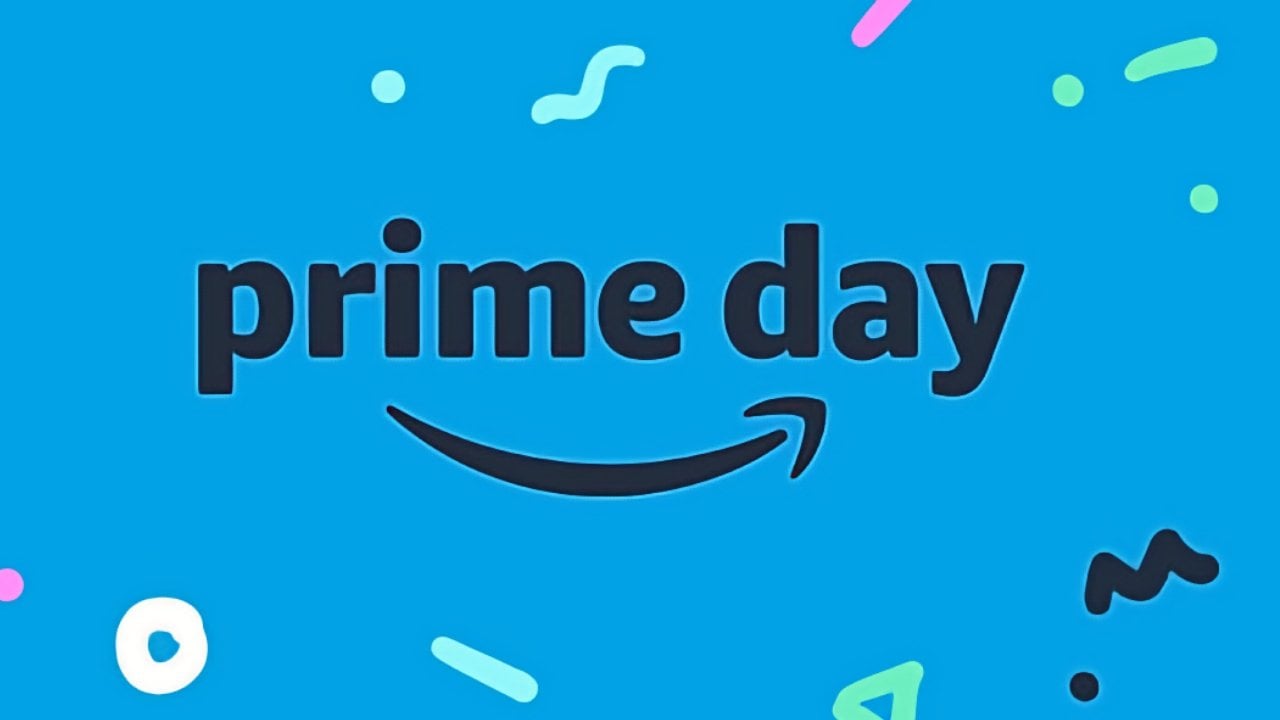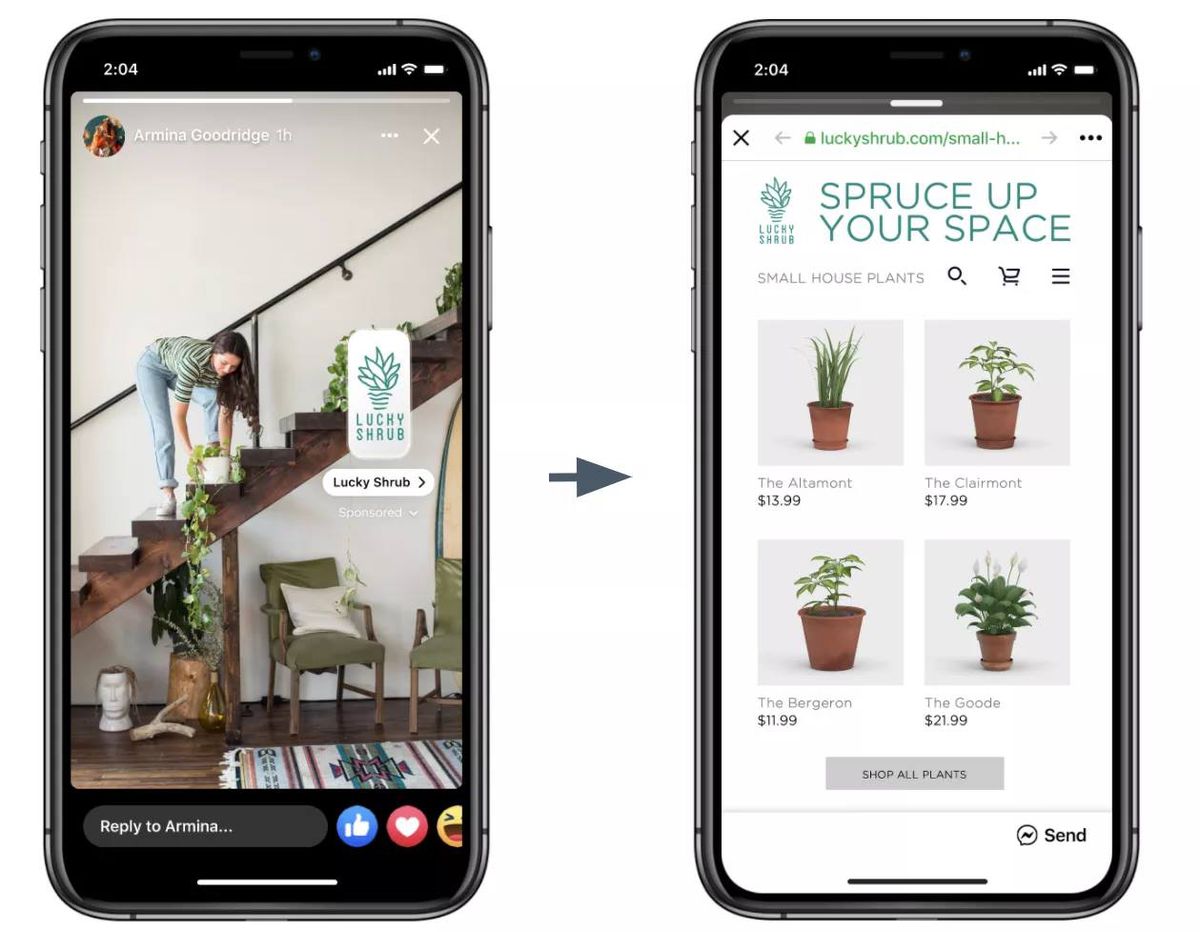India’s giant e-commerce platform, Flipkart announced that it is acquiring $3.6 billion fresh funds from global investors, including sovereign funds, private equity, and from its parent company which is Walmart.
This new round of funding was led by Singapore sovereign wealth fund GIC, the Canada Pension Plan Investment Board, SoftBank Vision Fund 2, and Walmart. There were additional investments from sovereign funds like Qatar Investment Authority, Malaysia’s Khazanah Nasional Berhad, and DisruptAD, the venture arm of the Abu Dhabi sovereign fund, ADQ. Other investors include China’s Tencent, Franklin Templeton, and Tiger Global. Additionally, Japan-based SoftBank which had said goodbye to the startup when the Bangalore-based firm sold majority stakes to Walmart in 2018 at a valuation of $22 billion, has come back and reinvested about $500 million in the new round. Hence, this Monday’s investment marks the return of SoftBank. Flipkart said it now has a valuation of $37.6 billion.
While commenting on recent investment, Flipkart CEO Kalyan Krishnamurthy said in a statement that the funds acquired by leading global investors reflect the promise of digital commerce in India and their belief in Flipkart’s capabilities to maximize this potential for all stakeholders. He affirms that the company will give more priority to helping millions of small and medium-sized Indian businesses to thrive, including small family-owned grocery shops known as kiranas, and plans to continue investing in new categories and home-grown technologies. He adds that they will continue to invest in new categories and leverage made-in-India technology to transform consumer experiences and develop a world-class supply chain.
With the fundraising, Flipkart is offering its employees the option to sell their stock options worth $80.5 million.
Nevertheless, among Flipkart’s competition, the most persistent one is the U.S. e-commerce giant Amazon, which has invested billions of dollars in the Indian market, as well as domestic names such as JioMart, the online grocery delivery app from Reliance Industries.
For its part, the Indian government has reportedly proposed new e-commerce draft rules in June and it is expected that the new rules have the probability of impacting Flipkart and Amazon India.























